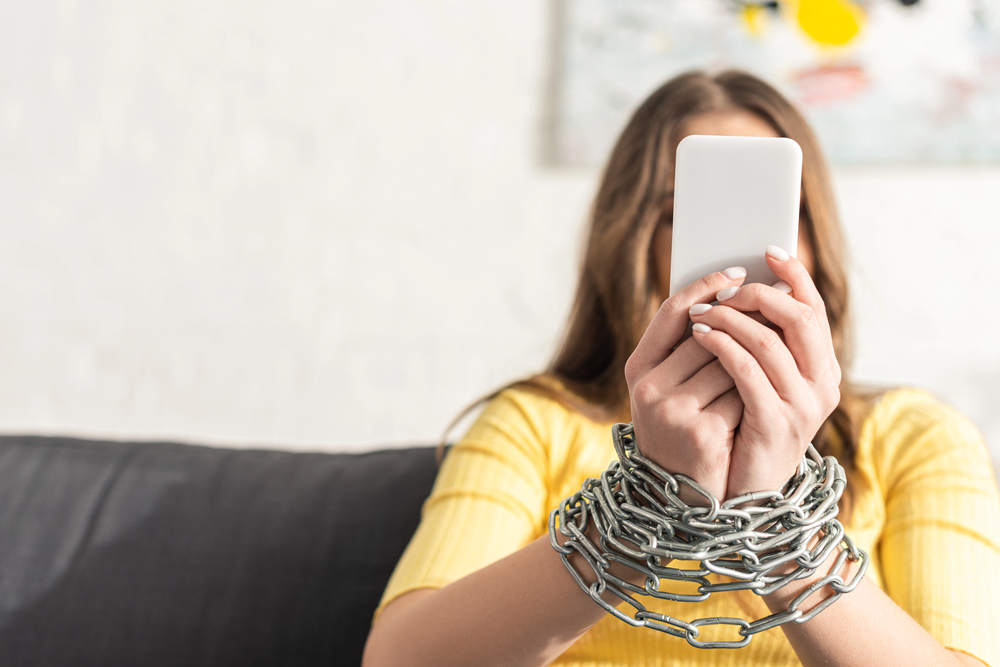Digital Detoxing The New Benchmark for a Balanced Lifestyle
Sienna Brown
2025-10-12
6 min read

We live in a world where the glow of screens is constant. From work emails to social notifications, digital consumption is an integral part of our daily routines. Yet, as convenient as it might be, our reliance on technology often pushes us toward mental exhaustion, reduced productivity, and an overall sense of imbalance. This is where the concept of digital detoxing enters the conversation, offering a way to reclaim control and restore equilibrium in our lives. A digital detox isn’t about abandoning technology altogether. Instead, it’s a modern strategy that encourages intentional disconnection to nurture mental well-being, creativity, and a more fulfilling life offline. This blog dives into what digital detoxing is all about, why it has become a necessary benchmark for wellness, and how you can implement it in your life to achieve a healthier balance.
Understanding Digital Detoxing
At its core, a digital detox involves taking a deliberate break from technology to reduce stress and enhance mental and physical health. While it doesn’t mean erasing your online presence or tossing your devices into a drawer forever, it signifies periods of limited tech use to focus on meaningful, non-digital experiences. The triggers for a digital detox vary from person to person. For some, it may be multiple hours lost scrolling through social media or a growing sense of anxiety after receiving relentless work notifications. For others, a digital detox may stem from a desire to reconnect with the physical world and engage deeply with loved ones. Whatever the reason, digital detoxing has become a personal and essential practice for many seeking a breather from the unending stream of online interactions. Technology has brought unparalleled benefits, but the mental load of being "always on" has its downsides. Studies show that the average American checks their phone 344 times per day and spends approximately seven hours daily in front of a screen. This persistent connection to technology often leads to burnout, disrupted sleep cycles, reduced focus, and even deteriorating relationships with family and friends. What makes digital detoxing increasingly important is its ability to counteract these negative effects. By setting boundaries with your devices, you can reclaim space to breathe, think, and recharge. Scientifically speaking, unplugging allows your brain to recalibrate, easing overstimulation and helping improve memory levels, creativity, and overall mental clarity. Beyond personal benefits, adopting a digital detox also sends a powerful message to the people around you. By disconnecting intentionally, you show that your time is valuable and encourage those in your life to engage with you more mindfully.
Key Benefits of Digital Detoxing
Reduces Stress and Anxiety
Constant connectivity, accompanied by the demands of keeping up with notifications, messages, and emails, contributes to stress levels. A digital detox can help cut through this noise to provide moments of calm and clarity.
Improves Sleep Quality
The blue light emitted by devices is widely recognized for disrupting sleep patterns. Taking time off from screens, especially before bedtime, helps regulate your circadian rhythms and improves the quality of your rest.
Enhances Focus and Productivity
Technology often serves as a distraction, pulling focus away from tasks that require deep work. By detoxing, you can remove these disruptions, prioritize your goals, and cultivate an improved sense of productivity.
Strengthens Real-Life Relationships
Digital detoxing allows you to replace screen time with genuine, face-to-face human interactions, deepening connections with family, friends, or colleagues.

How to Start Your Digital Detox Journey
Implementing a digital detox doesn’t have to be an overwhelming or rigid process. Here’s how you can begin:
Assess Your Current Usage
The first step to a successful detox is understanding your tech consumption. Are you checking your phone every hour? Does a large portion of your screen time go toward unproductive activities? Track your usage to identify patterns and areas to address.
Set Realistic Goals
The idea isn’t to remove digital completely but to create boundaries. Set practical rules, such as limiting device use to specific timeframes or deciding on “no-phone zones,” like your dining table or bedroom.
Swap Digital for Analog Activities
Instead of scrolling through your phone, engage in activities that don’t require screens. Read a book, go for a walk, try journaling or cook a new recipe. These activities promote mindfulness and help you connect with the present moment.
Practice Gradual Detoxing
If the thought of being disconnected all at once feels too daunting, try shorter detox sessions first. For example, take a two-hour tech break daily and gradually extend it.
Communicate Your Plan
Tell your family, friends, or colleagues about your detox. This ensures they’re supportive and understand periods when you may be unreachable, reducing the pressure to stay connected.
Leverage Technology-for-Good
Ironically, tech can help you detox better. Use scheduling apps to monitor your digital habits and reminders for tech-free breaks. Apps like Freedom and Forest can also limit distractions.
Redefining Balance in the Digital Age
A digital detox is more than just a trendy lifestyle choice; it’s an essential practice to safeguard your mental health and overall well-being. By willingly stepping back from the digital realm, you pave the way for personal growth, clearer thinking, stronger relationships, and a deeper appreciation for life offline. Now is an excellent time to evaluate your relationship with technology and take active steps to maintain a balanced, fulfilling lifestyle. Whether starting small or committing to a full-day digital detox over the weekend, any effort towards creating boundaries can make a significant difference in how connected and present you feel in your everyday life.



